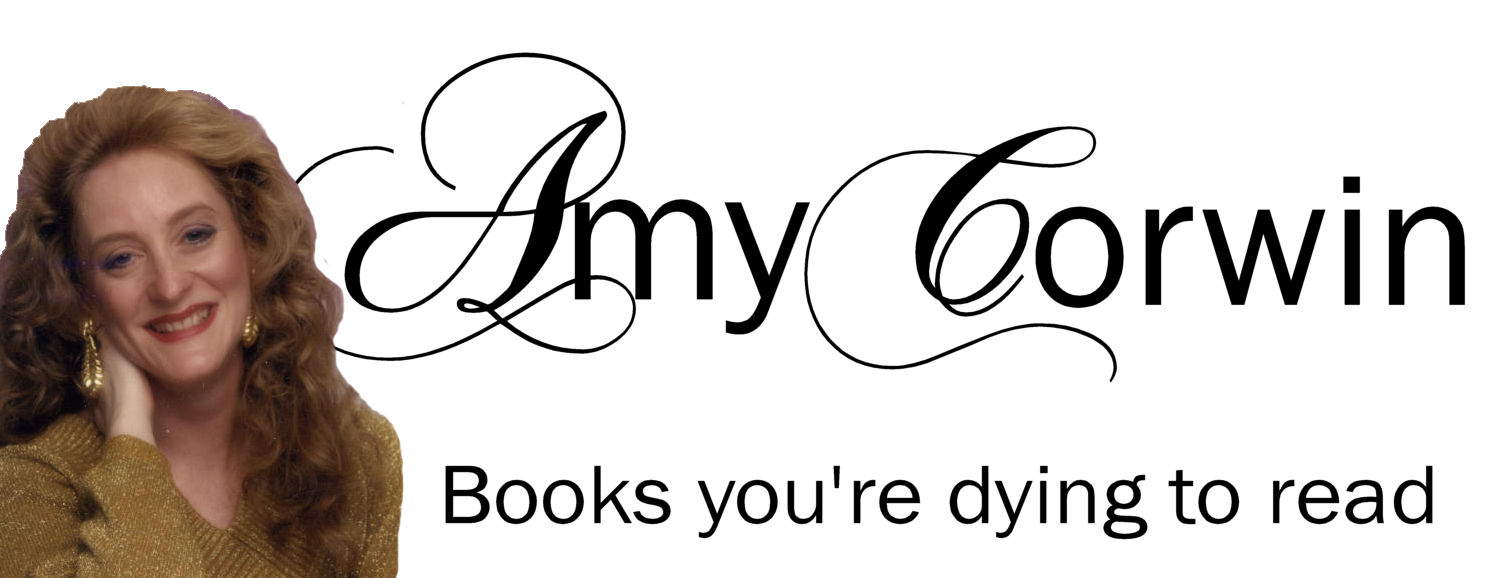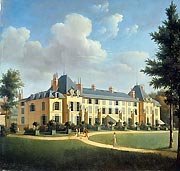
|
|
|
Here is a bit more about the Malmaison era, and I will
include a bibliography on another page since many are interested in the
impact of the Empress Josephine on the development of roses.
 MALMAISON In 1805, Josephine had a "la grande serre" or huge greenhouse erected for the exotic plants she grew. Around 1807, Josephine spent 2,600 British Pounds on plants from the Kennedy and Lee nursery at Hammersmith (west of London). In 1810, the French and British admiralties made arrangements for the safe passage of the new China Rose, Rosa indica 'Fragans', also known as Hume's Blush Tea-scented China, from England to Malmaison (Redoute illustrated it in 1817). John Kennedy received a special passport to take this rose and other plants from the Vineyard Nursery, Hammersmith, to Malmaison. Josephine's bill in 1811 was about 700 British Pounds... Josephine died in 1814 and the gardens fell to disarray shortly thereafter. During her life, however, she shared plants and discoveries with many botanists and nurserymen, including Jacques-Martin Cels. She took a keen interest in breeding and was interested in geraniums, pelargoniums and dahlias, in addition to the roses. Although she commissioned Redoute to paint her roses, she did not live to see even the first volume published in 1817. There were three volumes published eventually, of Les Roses. One of the important rose breeders from the period right after the Regency was Antoine A. Jacques. He was the head-gardener to the Duc d'Orleans at Chateau de Neuilly from 1824 to 1832. In 1819, M. Breon at Ile de Bourbon (now called Reunion) sent him seeds that eventually became the first Bourbon rose. It flowered for the first time in 1821. This rose was a natural hybrid between 'Old Blush', the China rose, and the 'Autumn Damask', both of which were used as hedges, on Ile de Bourbon. The seeds were found by French botanist A.M. Perichon and propagated by him. M. Breon (a government botanist) sent the seeds to Jacques. Jacques used Rosa sempervirens (an evergreen rose) and
bred Adelaide d'Orleans in 1826, naming it after the duke's sister, who
was a pupil of Redoute's. Jacques also bred other ramblers, including
Felicite et Perpetue (1827), Flora (1830) and Princess Marie (1829).
|
|
||